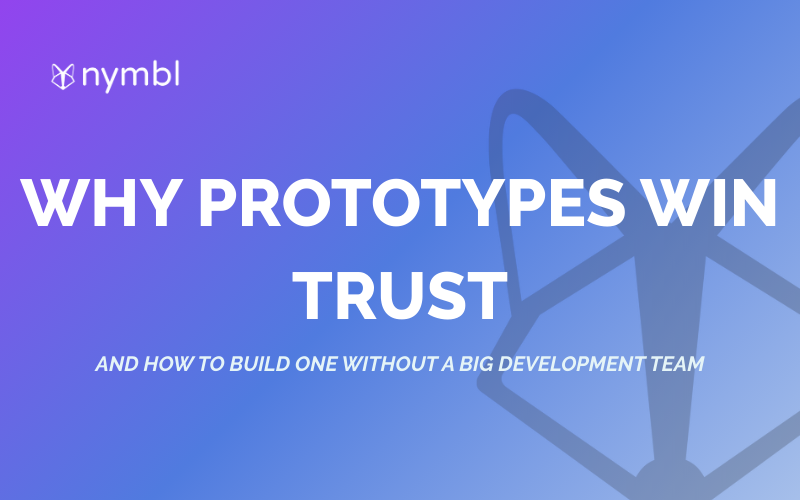Artificial Intelligence is here and there is no turning back.
AI is becoming relevant to a lot of industries, and is seen to grow even further this year. One use case of AI which has been increasingly important is language translation. The world is now more globalized, with more people having an increasing need to learn new languages fast. But can AI-powered language translation be good enough for humans? How is AI affecting the language translation industry?
How AI Significantly Affects Language Translation
AI plays a crucial role in language translation, offering various uses and benefits across different applications - offering greater speed, accuracy, and accessibility. The capability of AI to translate texts or speech has become faster than human translators, particularly for large volumes of data or multiple languages. Translation quality is also improved via reducing errors, ambiguities, or biases. Moreover, with these benefits mentioned, AI can make translation more accessible for people who need to communicate across languages or cultures.
What Is Machine Translation?
The surge of AI usage has led to the increasing adoption of machine translation. AI-powered machine translation is one of the primary AI applications. It involves training models on large datasets such as books, articles, or subtitles in different languages, to automatically translate text from one language to another. Google Translate, Microsoft Translator, and other translation services use AI, particularly Neural Machine Translation (NMT), to provide more accurate and context-aware translations.
More Uses of AI In Language Translation
- Customization and Adaptability
AI algorithms can be customized for specific industries, domains, or user preferences. This ensures that translations are not only accurate but also aligned with industry-specific terminology and context.
- Contextual Understanding
AI models, especially those powered by deep learning techniques, excel at understanding context. This contextual awareness helps in producing translations that capture the intended meaning more accurately, considering the context in which the language is used.
- Significant Cost and Savings
Due to improved accuracy and quality, errors are minimized compared to having a human translator and therefore AI translation has become more cost-efficient. The speedy effect of AI becomes a better alternative than time-consuming manual transcription and editing.
Are There Limitations of AI in Language Translation?
While AI is significantly impacting language translation in various ways bringing about advancements and improvements in this field, we also see some limitations to it.
- AI still is unable to capture the content, colloquialisms, and tone of voice and therefore limits a well-rounded translation of the language. The nuance of the language is still a struggle for machine translation tools.
- AI can overlook or misrepresent the diversity and variation of languages, dialects, and accents of people.
- Language is still complex with its idiomatic, creative expressions that are usually associated with cultural context or inference - and AI can have some limitations to that.
- There is still potential for biased translation, especially if training data carry some biases.
In summary, AI is transforming language translation by improving accuracy, speed, and adaptability. As technology continues to advance, we can expect further refinements and innovations in the field of language translation through AI.
You can have your own ChatGPT, too! Aside from language translation, the other use case of AI is called RAG or Retrieval-Augmented Generation (the process of optimizing the output of a large language model) and we’ve talked about here.
Nymbl’s low-code no-code use cases can be found here. White papers are also available to download for FREE here. We are a leading advisory and development agency experienced in AI-enabled applications. If you’re interested to learn more about AI and how it can potentially shape your business, contact us here.






.png)


